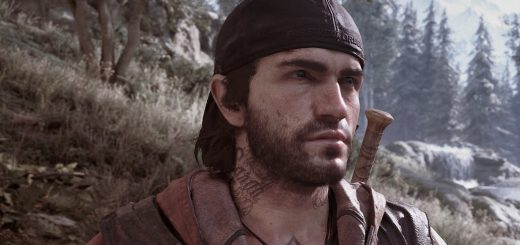Crytek's Neon Noir demo: ray tracing without RTX analysed
It’s been almost a year since games using hardware accelerated ray tracing first arrived in the market, and it’s clear that the use of RT technology continues to gain momentum, with hardware support baked into both Sony and Microsoft next-gen consoles. However, the debut of Crytek’s Neon Noir demo earlier in the year raised eyebrows – what we were seeing here was -powered RT, delivered by a Vega 56 and still looking quite performant. We’ve been testing this demo ahead of its public release and results are intriguing.
To get right to the heart of it, this demo utilises DirectX 11 and requires no specific ray tracing hardware. Rather, this version of ray traced reflections leverages Crytek’s mature sparse voxel octree global illumination technology with a new spin, delivering a simplified version of the scene that can generate diffuse lighting, while being traced via a technique known as cone tracing to give glossy reflections. This technique has its limitations though: it has trouble capturing moving/skinned animated objects and the specular reflections it generates are not pixel accurate.
This is where Neon Noir comes in. On top of the information from voxel cone tracing and cubemaps, Neon Noir also injects ray traced specular reflections of geometric on top. This geometric ray tracing handles moving objects like the flying drone in the seen in the demo, allowing for pixel accurate reflections and indeed self reflections.
It’s an entirely software-based solution that doesn’t use DXR or the Vulkan API’s ray tracing functions, so it cannot use any of the benefits of those APIs, such as the RT core in Nvidia’s Turing architecture – or indeed whatever equivalent hardware AMD has in development. With it running on compute shaders via DX11, this means it will work on any more modern GPU out there. However, as we know from our own testing with games like Battlefield 5 or Quake 2 RTX, ray tracing is expensive in computational terms without dedicated hardware to speed things along.
Neon Noir makes a number of smart shortcuts to maintain performance that are important to mention. The first of which is the distance at which objects made of triangles are actually ray traced – in the demo, this is clearly limited. The limited distance of triangle ray traced reflections is more obvious in longer shots, so objects further away into the distance have their reflections handled by cubemaps or the voxel cone trace – leaving them decidedly less detailed or less dynamic.

